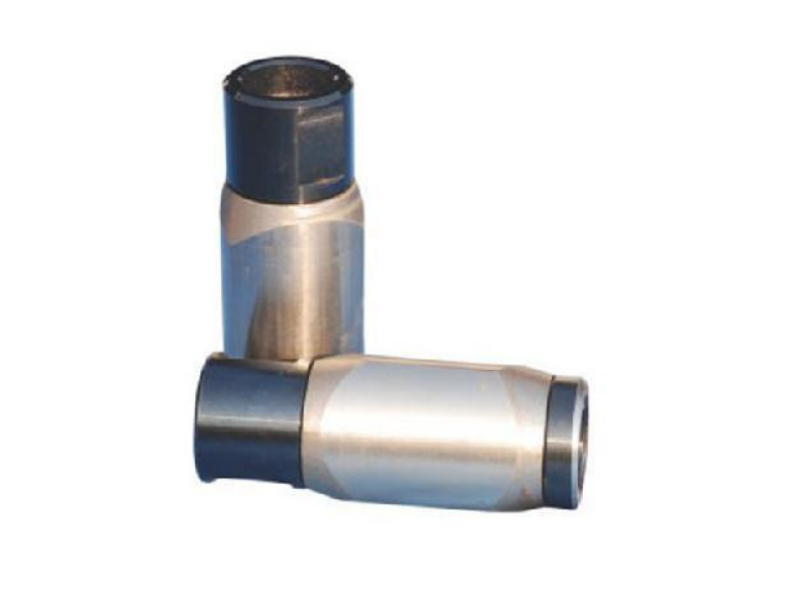Ⅰ.Carbon fiber reinforced sucker rod centralizer features:
1. High wear resistance, impact resistance, long service life:
Carbon fiber sucker rod centralizer uses carbon fiber and ultra-high molecular polyethylene, which have the advantages of light weight, high strength, high modulus, low density, high temperature resistance, corrosion resistance, etc. As raw materials. It is processed and molded by injection molding and other methods to effectively alleviate the frequent workover problems caused by well pipe wear and fracture. Its wear resistance is more than 5 times that of nylon centralizer.
2. High temperature resistance, corrosion resistance, self-lubricating:
Carbon fiber sucker rod centralizer has an underground operating temperature of more than 200℃. Coupled with the corrosion resistance of carbon fiber raw materials, it greatly reduces the corrosion of dust, acid-base salts, and anaerobic microorganisms in oil wells, and its corrosion resistance is 4 times that of ordinary nylon sucker rod centralizer.
3. Energy saving:
Carbon fiber sucker rod centralizer can better reduce the coefficient of friction, increase the overcurrent area, and save energy. Greatly reduce the number of workovers caused by wear, corrosion, and high temperature.

4. Adopts self-locking structure:
Carbon fiber reinforced sucker rod centralizer is equipped with high-strength resin for bonding to increase axial locking force. It is harder and not easy to deform, which improves the safety of use. This carbon fiber sucker rod centralizer has more than 4 times the locking force of an ordinary centralizer. It greatly reduces the problems of stuck pumps, workover, and shutdown caused by the loss of the centralizer.
5. Easy to operate:
Compared with ordinary sucker rod centralizer, sucker rod centralizer is easy to install and operate, does not need to rely on ancillary equipment, has strong structural stability, and is conducive to popularization and application.
Ⅱ.Product quality and construction plan:
By improving the material of sucker rod centralizer and selecting carbon fiber composite materials, the service cycle of sucker rod centralizer in corrosive wells is improved to achieve the effect of protecting the sucker rod. The surface adopts a convex groove structure to reduce friction with the tubing. Sucker rod centralizer has been tested and treated at high temperature before leaving the factory to avoid unnecessary damage to the rod body and oil well caused by high temperature during the pumping process of sucker rod centralizer.
Ⅲ.Future feasibility and application direction:
Carbon fiber composite materials are becoming more and more localized and universal. Its advantages also show that in oil fields and industrial applications, flexible continuous sucker rods of carbon fiber composite materials, corrosive pressure vessels of carbon fiber composite materials, high-pressure oil pipelines and elbows of carbon fiber composite materials are also the development direction in future oilfield applications.
Ⅳ.Use results:
It has obvious advantages in fighting, and can achieve non-stop operation and pumping for one consecutive year. The life of sucker rod centralizer can reach two consecutive years of continuous use, which plays an important protective role in the body of the sucker rod.
Domestic and foreign studies have shown that during the pumping process of the pumping unit, even if it is a straight well, the sucker rod will bend, and friction will occur in contact with the inner wall of the tubing; In directional wells, due to the presence of a large well slope, the wear between the sucker rod and the tubing is more serious. In the early days of anti-bias wear, the metal roller centralizers used on-site continued to expose defects. With the development and progress of technology, they were gradually replaced by fixed straight-edge ultra-high molecular polyethylene centralizers, which are currently widely used in the field. Sucker rod centralizer has undergone another radical change in appearance and material, increasing the overcurrent area, reducing the load weight, and making it more suitable for installation and use in extremely high and low temperature environments.

